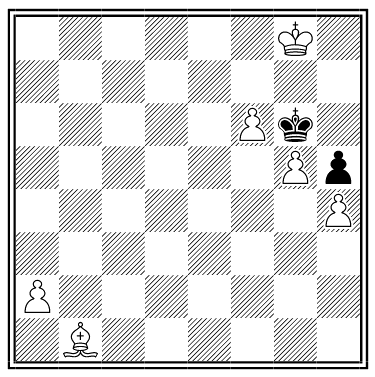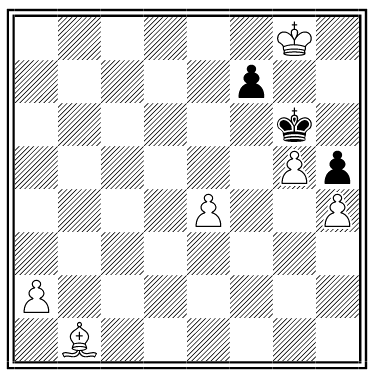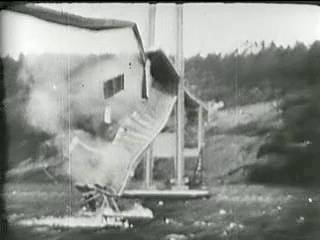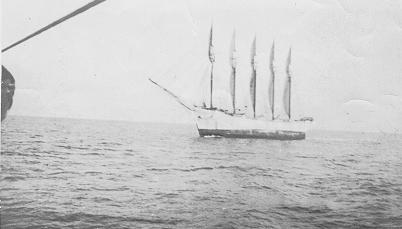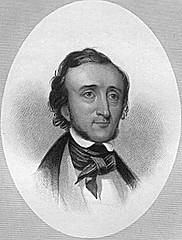
Here’s a valentine written by Edgar Allan Poe in 1846. His sweetheart’s name is hidden in it — can you find it?
For her these lines are penned, whose luminous eyes,
Brightly expressive as the starts of Leda,
Shall find her own sweet name that, nestling, lies
Upon the page, enwrapped from every reader.
Search narrowly these words, which hold a treasure
Divine — a talisman, an amulet
That must be worn at heart. Search well the measure —
The words — the letters themselves. Do not forget
The smallest point, or you may lose your labor.
And yet there is in this no gordian knot
Which one might not undo without a sabre
If one could merely comprehend the plot.
Upon the open page on which are peering
Such sweet eyes now, there lies, I say, perdus,
A musical name oft uttered in the hearing
Of poets, by poets — for the name is a poet’s too.
In common sequence set, the letters lying,
Compose a sound delighting all to hear —
Ah, this you’d have no trouble in descrying
Were you not something, of a dunce, my dear —
And now I leave these riddles to their Seer.
|
SelectClick for Answer |
Poe wrote the poem for Frances Sargent Osgood:
For her these lines are penned, whose luminous eyes,
BRightly expressive as the starts of Leda,
ShAll find her own sweet name that, nestling, lies
UpoN the page, enwrapped from every reader.
SearCh narrowly these words, which hold a treasure
DivinE — a talisman, an amulet
That muSt be worn at heart. Search well the measure —
The wordS — the letters themselves. Do not forget
The smallEst point, or you may lose your labor.
And yet theRe is in this no gordian knot
Which one miGht not undo without a sabre
If one could mErely comprehend the plot.
Upon the open pAge on which are peering
Such sweet eyes Now, there lies, I say, perdus,
A musical name ofT uttered in the hearing
Of poets, by poets — fOr the name is a poet’s too.
In common sequence Set, the letters lying,
Compose a sound deliGhting all to hear —
Ah, this you’d have no trOuble in descrying
Were you not something, Of a dunce, my dear —
And now I leave these ridDles to their Seer.
(He misspelled her middle name.)
|
